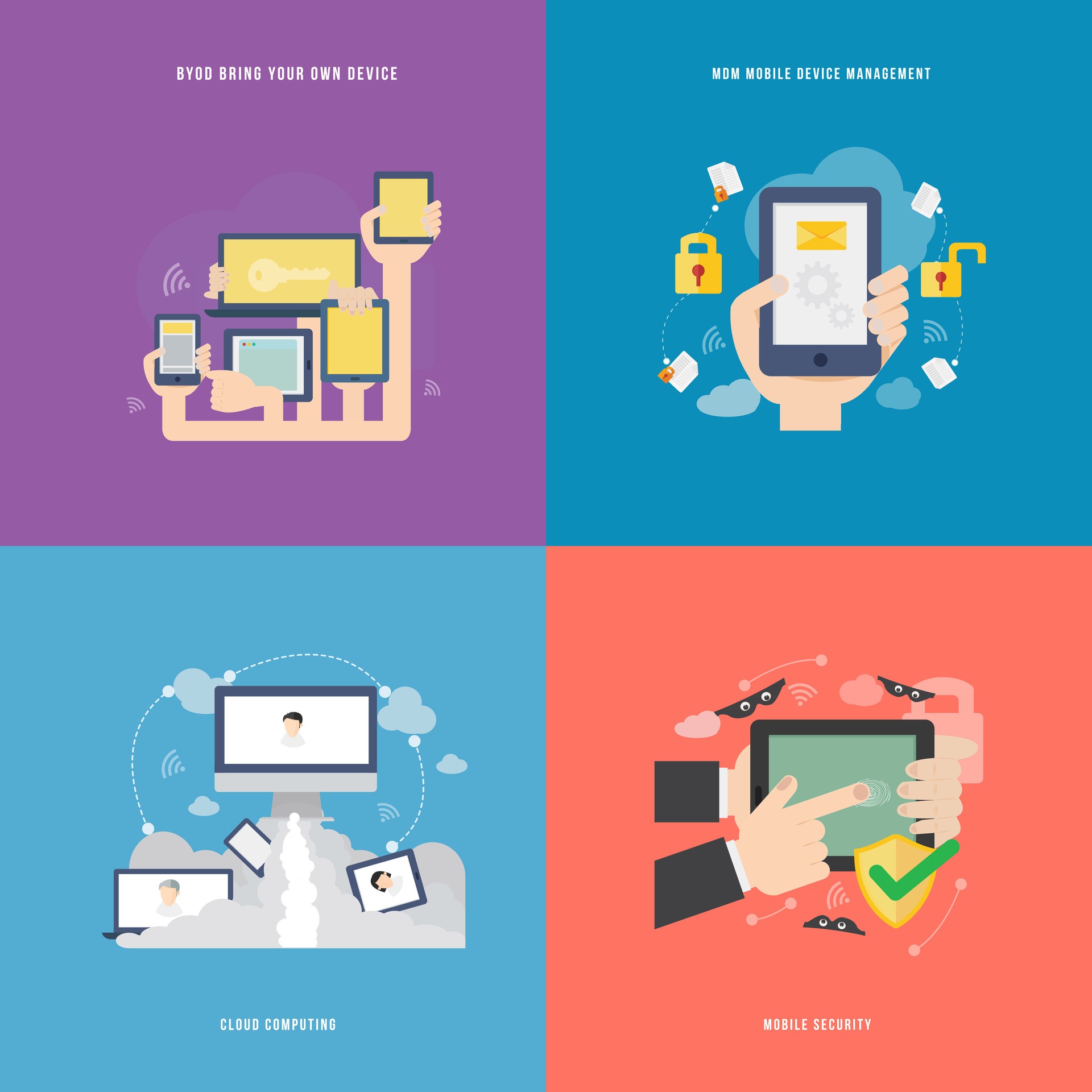What Training Professionals Need to Know About BYOD
The Bring Your Own Device trend (and IT headache) is disrupting business communications and training operations worldwide. According to Mobile Learning: The Time is Now, 98 percent of eLearning Guild members reported owning at least one personal mobile device. Over 70 percent reported using their personal devices to accomplish work-related tasks.
There’s a reason your employees bought their iPhones, Androids, or Windows Mobile devices to work. They feel comfortable on their own devices and are increasingly excited about using them. They feel it makes it much easier to work when they aren’t trying to figure out company-issued devices.
Sponsored content - article continues below
Trending Learning Management Systems (LMS)
If your company is considering BYOD, there are some things you need to know:
- Vive la difference!
To adapt to a BYOD world, we must be willing to accommodate a much larger variety of devices, screen sizes, operating systems, and browsers. Gone are the days where supporting one browser or desktop computer is enough. Employees may be using any number of devices at work. - Poor or no Flash support.
Many mobile devices do not support Adobe Flash. If they do, the videos end up clunky and difficult to work with. In a BYOD world, we must adapt our websites and videos to these devices. Converting to or using HTML5 makes your videos more adaptable to most (if not all) devices. - The smart device invasion.
Millennials are entering the workforce, and they’ve exhibited an unprecedented dependence on personal devices. They use them not only to socialize, but also to research, study, find information, and of course engage with other employees. Their devices might as well be an appendage of their bodies, and they feel comfortable using them everywhere. BYOD companies can leverage this behavior by allowing employees to squeeze in some learning time on the train to work, or to access information and documents while out on a project. - But what about security?
IT managers wrestle with security issues and BYOD all the time—balancing the advantages and the risks. For secure training video content, be sure the video hosting environment and the player meet today’s security standards.The BYOD movement can offer a lot of benefits to you and your employees. If you’re thinking about making the shift to BYOD, make sure you can create mobile-friendly content viewable on any device. If your content includes video, consider a responsive, mobile-friendly HTML5 player that makes your content compatible
The BYOD movement can offer a lot of benefits to you and your employees. If you’re thinking about making the shift to BYOD, make sure you can create mobile-friendly content viewable on any device. If your content includes video, consider a responsive, mobile-friendly HTML5 player that makes your content compatible on a multitude of different devices and a video platform that ensures your employees have multiple video file resolutions to choose from—to meet real-world bandwidth conditions. (Viddler’s Arpeggio is all that, and more.)












